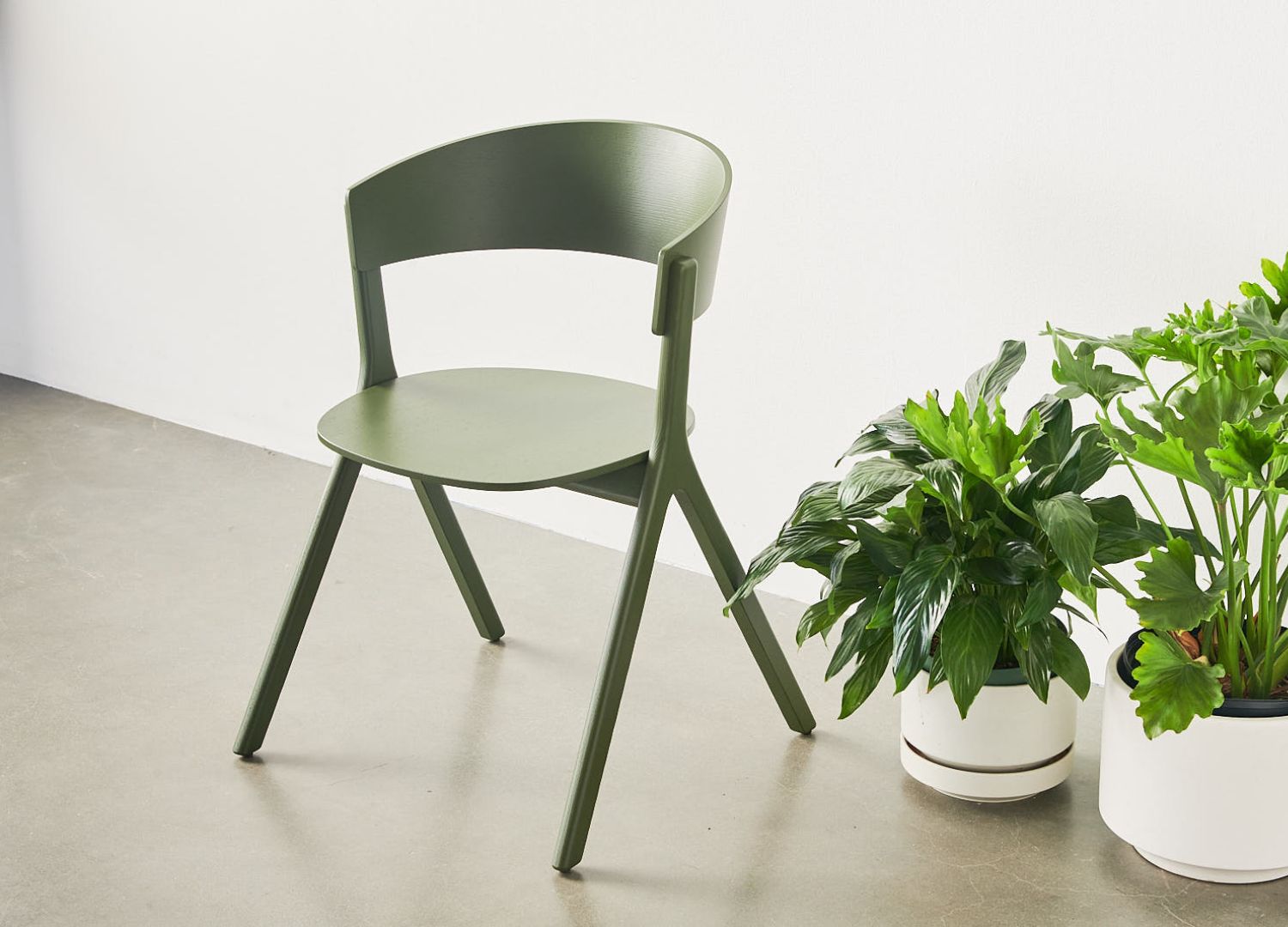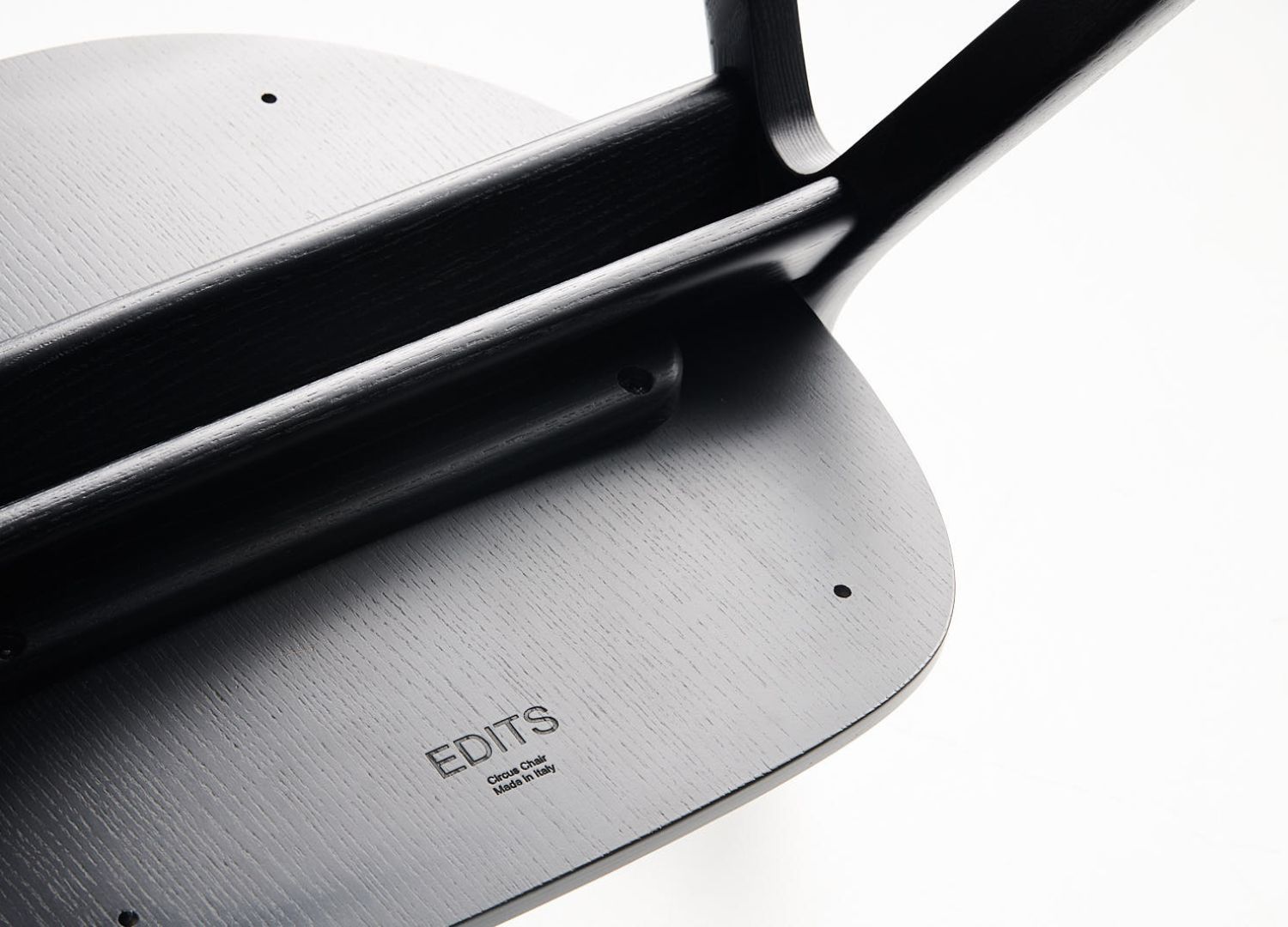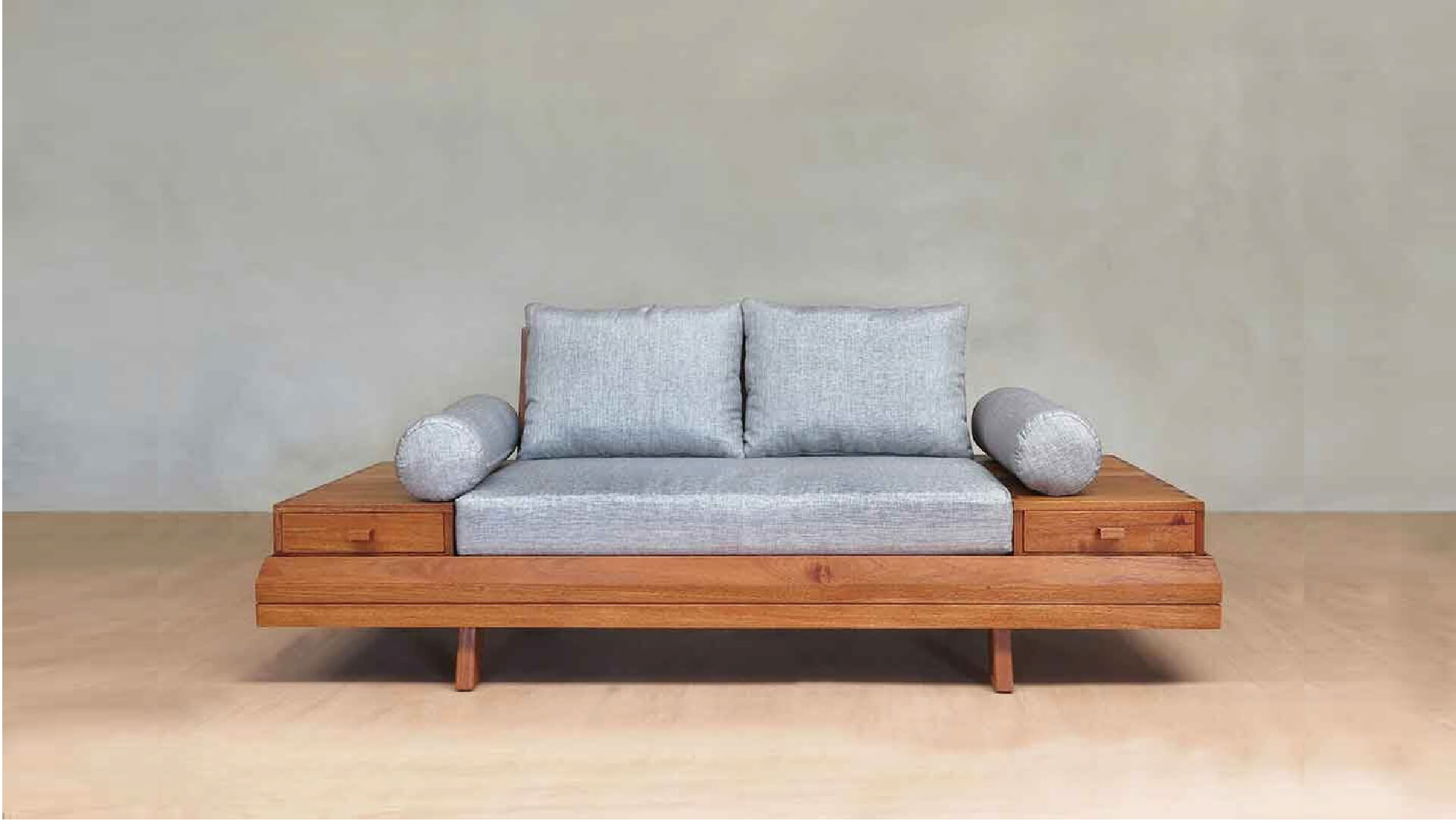Instigating and promoting a new design movement: the New Century Modern
In today’s world, it is crucial to guide people back towards quality, albeit indirectly. The erosion of quality in design theory and production has subtly lowered our standards

One thing that truly brightens my day is discovering a brand-new company. I relish the opportunity to observe what they create, their methodologies, and who is part of their venture. Most of these companies share certain commonalities, such as low-investment production, minimalist practices, and an independent design ethos.
Throughout my career as a designer, I’ve also collaborated with furniture startups that possess considerable expertise, yet in their early years, they often exude a perpetual sense of “work-in-progress,” of continuous growth.
However, one day, I stumbled upon a company that offered a completely distinctive approach.

When I first encountered Edits, it appeared to have emerged out of thin air. Yet, its structure and communication were so finely crafted that it led me to speculate that it might be a subsidiary of a major player. To my surprise, that wasn’t the case (later, I learned the company is independent, with no outside funding or investment).
How is this possible? Who is the driving force behind all of this?

His name is Richard Trory, and while he may not be a household name, he possesses a fascinating persona.
Not groomed as an entrepreneur or designer, he is a proficient engineer who has served some of the most prominent design companies, including Design Within Reach, Bensen, and Vitra.
Hailing from Vancouver, Canada, at a certain point in his journey, he recognized that his knowledge of design was substantial enough to embark on his own venture.

I engaged in a lengthy and captivating conversation with him, during which he shared insights about the design process, entrepreneurship, and his vision. It was a rich tapestry of references, spanning from industry giants like Eugenio Perazza (Magis) and Cappellini to more contemporary firms like Hay and Muuto. Yet, it transcended mere business talk, delving deeper into the essence of design.
His brave goal extends beyond individual products; it’s about instigating and promoting a new design movement he terms “New Century Modern.”
This movement is rooted in modernist ideals but tailored to the contemporary context. Historically, design movements have often reacted to their predecessors. Post-modernism emerged as a response to modernism, and minimalism, in some respects, reacted to postmodernism, particularly in the realm of product design.

However, this time is different. It isn’t about reacting to a previous movement; instead, it’s about revitalizing timeless values in the contemporary era. What if we embrace modernism’s principles and infuse them with a contemporary sensibility?
The objective is to reintroduce a sense of humanity into mass-produced products.
In today’s world, it is crucial to guide people back towards quality, albeit indirectly. The erosion of quality in design theory and production has subtly lowered our standards. The only remedy is to rekindle the passion and attention to detail, all while keeping people, not just profits, in mind.
Mass production offers a significant advantage: as production quantities increase, prices decrease, making products more accessible. Designers have traditionally played a role in making mass-produced items aesthetically pleasing and emotionally resonant, dating back to the first industrial revolution.

However, design eventually lost its way, becoming synonymous with exclusivity and elitism due to the exorbitant prices attached to it. Some industries even co-opted the term “design” for low-quality products with sleek appearances, distorting reality and fostering unnecessary consumerism devoid of cultural depth.
The need now is to return to the core of industrial design, not through nostalgia but by understanding the reasons behind its greatness and adapting them to the present.
This company is entirely self-funded, as previously mentioned – no major players are backing it. Consequently, the approach to creating new products is deliberate and gradual, driven by necessity and virtue.
For an emerging company, launching a new product is both challenging and intriguing. The investment in production and promotion is substantial, demanding nothing less than perfection. The debut product, the Circus chair, is so meticulously engineered that envisioning improvements is a formidable task.

This may sound unconventional, but is profoundly necessary. When a designer evaluates a product, they enter a “critical mode.” You often hear remarks like “I would have made the backrest higher” or “why weren’t the screws hidden?“.
Such criticism is valid, but occasionally, even during critique, you simply feel content with what you’re observing. This sensation occurs for me when I encounter products by designers like Jasper Morrison or Stefan Diez, who approach their work with utmost precision. The Circus chair evokes the same sentiment, and there’s a reason behind it.
In today’s market, fair-valued products are a rarity.
By this, I mean that a significant portion of the market is crowded with products greenlit based solely on market research and profit potential. While this approach has its merits, it often strips away the soul and the true purpose of why designers should create something new.

Design isn’t merely about introducing a new product to the market and watching it sell until it becomes obsolete; it should embody a timeless philosophy. Designers, too, bear some responsibility because in their pursuit of numerous briefs, they sometimes compromise quality in their quest for more opportunities, fame, and wealth.
Doing less but doing it better is the key to creating a product with genuine meaning.
The formula is well-crafted, emphasizing quality and reparability.












